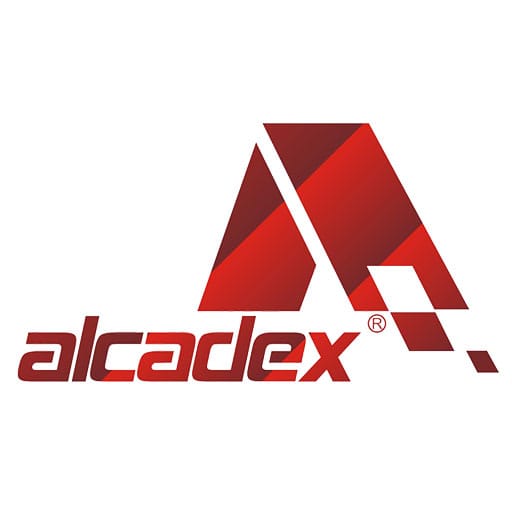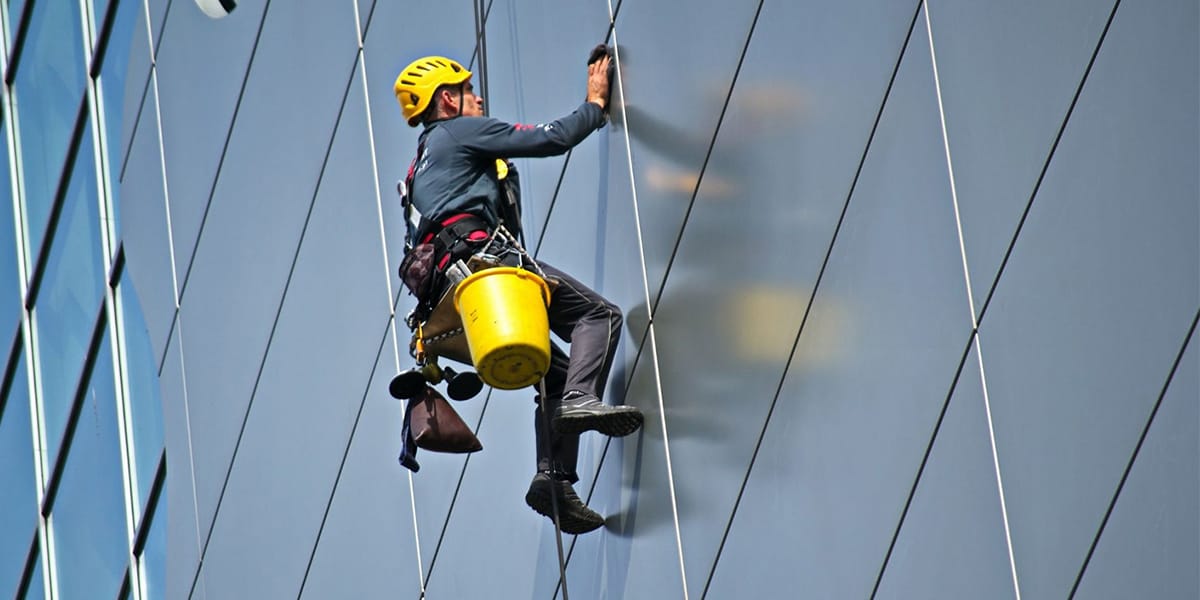
25 Aug Understanding the Lifespan of ACP Panels Outside
ACP panels can last anywhere from 10 to 30 years outdoors when you choose the right materials and care for them properly. Recent industry reports show that standard panels usually last about 10 years, but high-quality coatings like PVDF can help them last 15 to 20 years or longer. Weather, sunlight, and how well you clean and maintain the panels all play a big role in how long they stay strong and look good.
Key Takeaways
ACP panels can stay good outside for 10 to 30 years. Some high-quality panels and coatings last even longer. – Pick panels with strong coatings like PVDF. These coatings help protect against sun, rain, and pollution. They also help keep the colors bright. – It is important to install panels the right way. Use outdoor glue and weather barriers to stop damage. This helps the panels last longer. – Clean the panels every 6 to 12 months. Use mild soap and a soft cloth. This keeps the panels looking new and stops damage. – Check the panels often for cracks or loose parts. Fix problems early to save money and avoid big repairs.
ACP Panels Lifespan
Typical Outdoor Range
If you put ACP panels outside, they can last 10 to 30 years. How long they last depends on things like material quality, coating type, and weather. Sometimes, with great care and top panels, they might last 40 or even 50 years. Most regular panels last about 10 years. If you pick panels with special coatings like PVDF, they can last 15 to 20 years or more. These panels do not need much upkeep.
Tip: ACP panels last longer than many other cladding materials. HPL sheets usually last 10 to 18 years. ACP panels can last 40 to 50 years if you take care of them.
Material | Outdoor Lifespan (Years) | Maintenance Requirements | Notes on Durability and Usage |
|---|---|---|---|
Aluminum Composite Panels (ACPs) | 40-50+ | Low maintenance | They are strong if you keep them clean. They resist weather, corrosion, and UV rays. Lifespan depends on coatings like PVDF. They are light and easy to put up. |
Steel | 50-100+ | High maintenance (corrosion prevention) | Steel lasts a long time but needs lots of care. You must use coatings and check it often, especially near the sea. |
Wood | 20-100+ (varies widely) | Moderate to high maintenance | How long wood lasts depends on type and treatment. Wood can rot, get bugs, or burn if not cared for. |
Solid Aluminum | 40-80 | Low to moderate maintenance | Solid aluminum is tough but can be hurt by weather. You need to clean and check it to keep it strong. |

What Impacts Longevity
Many things change how long ACP panels last outside. You should think about these:
Material Quality:
Good aluminum and polyethylene fight rust and bad weather. Coatings like PVDF help block UV rays, rain, and pollution. Thicker panels and fire-safe cores make them last longer and safer.Weather and Environment:
Sun, rain, wind, and pollution can wear out panels faster. If you live near the ocean, salty air can cause rust. You need to clean and check panels more often in these places.Installation Quality:
Putting panels up the right way is important. If you use wrong glue or base, panels can peel, bend, or change color. Always use glue made for outdoors, like silicone. Make sure the base works outside too.Maintenance:
Clean panels often with gentle soap. This stops stains and damage from water or sun. Do not use rough cleaners. If you live in a dirty or tough climate, clean panels more often to keep them nice.
Note: ACP panels fail most often when people use indoor panels outside, use wrong glue, or bad base materials. Always pick panels made for outdoors and follow what the maker says for putting them up.
ACP panels are strong against weather, UV rays, and rust. If you choose good panels and take care of them, they will last for many years.
Lifespan Factors
Material Quality
The quality of what you pick changes how long ACP panels last outside. Good panels use strong lamination and tough cores. These help the panels fight damage from weather, UV rays, and fire. Some panels can handle very hot or cold temperatures. They keep their color even in bright sunlight. Fire-resistant panels have mineral cores. These slow down fire and make buildings safer. If you buy from trusted brands, you get better protection and longer life. Cheaper panels may fade, bend, or break much faster.
Tip: Always look for UV-resistant coatings and fire safety ratings when you choose your panels.
Weather and Environment
Outdoor weather can change how long your panels last. Here are some things to watch for:
UV rays and heat can hurt the surface coating. This makes colors fade and chalk appear.
Pollution, acid rain, and gases can damage the finish. This makes panels look old.
South-facing walls, hot places, and dirty air make fading worse.
Panels with PVDF coatings fight UV damage. They keep their color for over 10 years, even in hard places.
Cleaning every 6–12 months helps remove dirt and pollution. This keeps your panels looking new.
Installation Quality
How you put up ACP panels is very important. Good installation means:
Add weather barriers behind panels to block wind and water.
Put panels in the right direction to keep color even.
Take off protective films right after you install them.
Use the right sealants and leave space for panels to move with heat or cold.
Make sure all fasteners do not rust and are tight.
If you skip these steps, you might get leaks, loose panels, or bent panels. Bad installation can make panels fail much sooner.
Maintenance Needs
You must care for your panels to help them last. Here are some easy steps:
Clean panels with mild soap and a soft cloth. Do not use harsh chemicals or rough tools.
Check panels often for cracks, peeling, or dents. Fix problems right away.
Add more sealant or coatings if you see wear.
Have a pro check panels at 1, 3, and 5 years to find hidden damage.
Note: If you skip cleaning or use the wrong products, your panels may not last as long. Keep a record of all cleaning and repairs to track their condition.
Maintenance Tips
 Cleaning ACP Panels
Cleaning ACP Panels
You can keep your ACP panels looking new with the right cleaning routine. Start by waiting about 40 days after installation before removing the protective film. This step helps prevent stains. Use pure water to wash off loose dirt. If you see stubborn spots, use a soft sponge or cloth with a mild soap diluted in warm water. Always clean from top to bottom to avoid streaks. Rinse the panels well with clean water and dry them with a soft, non-abrasive cloth.
Tip: Avoid harsh chemicals like caustic soda, strong acids, or abrasive pads. These can damage the paint and shorten the life of your panels.
For tough stains, you can use diluted isopropyl alcohol or a citrus-based cleaner. Always test any cleaner on a small area first. Clean your panels every 6 to 12 months, or more often if you live in a polluted area.
Preventing Damage
You can prevent most damage by following a few simple steps:
Preventive Measure | Description |
|---|---|
Coatings | Choose PVDF or FEVE coatings to protect against weather and fading. |
Installation | Make sure panels are fixed securely and surfaces stay flat. Use waterproof primers. |
Maintenance | Clean panels regularly with mild soap and a soft cloth. Avoid harsh tools. |
Safety | Pick fire-rated panels for tall buildings. |
Inspection | Check screws, seals, and panel surfaces often. Repair loose or damaged parts right away. |
Regular inspections help you spot problems early. Look for warping, loose fasteners, or cracked seals. Fixing these issues quickly can stop bigger problems later.
When to Replace
You should replace ACP panels if you see dents that affect their strength or damage that cannot be fixed with touch-up paint. Small scratches can be repaired, but deep dents or cracks mean the panel is no longer safe. Regular checks help you find these issues early. Replacing panels costs more than regular cleaning, so keeping up with maintenance saves money in the long run.
Note: High-quality panels with good coatings need less maintenance and last longer, making replacement less frequent.
You can expect outdoor panels to last 10 to 30 years when you choose quality materials, install them correctly, and keep up with regular care. Weather, installation, and cleaning all play a big part in how long your panels stay strong. To get the most years from your panels, follow these expert tips:
Inspect joints and fixings often to catch problems early.
Avoid harsh chemicals to protect the finish.
Schedule professional inspections, especially for tall buildings.
Regular care helps your panels look bright and last longer.
FAQ
How often should you clean exterior panels?
You should clean your exterior panels every 6 to 12 months. If you live in a city or near the ocean, clean them more often. Regular cleaning helps prevent stains and keeps panels looking new.
What cleaning products are safe to use?
Use mild soap and warm water with a soft cloth or sponge. Avoid harsh chemicals, strong acids, or abrasive pads. These can damage the surface and reduce the lifespan of your panels.
Can you repair scratches or dents on panels?
You can fix small scratches with touch-up paint. For deep dents or cracks, you should replace the damaged panel. Regular inspections help you find problems early and keep your building safe.
Do panels fade in sunlight?
Panels with high-quality coatings resist fading. Over time, strong sunlight can cause some color change. Choosing panels with UV-resistant coatings helps keep colors bright for many years.
When should you replace your panels?
Replace panels if you see deep dents, cracks, or damage that affects strength. If repairs do not fix the problem, replacement is the best option. Regular checks help you decide when replacement is needed.



 Cleaning ACP Panels
Cleaning ACP Panels